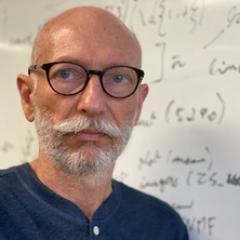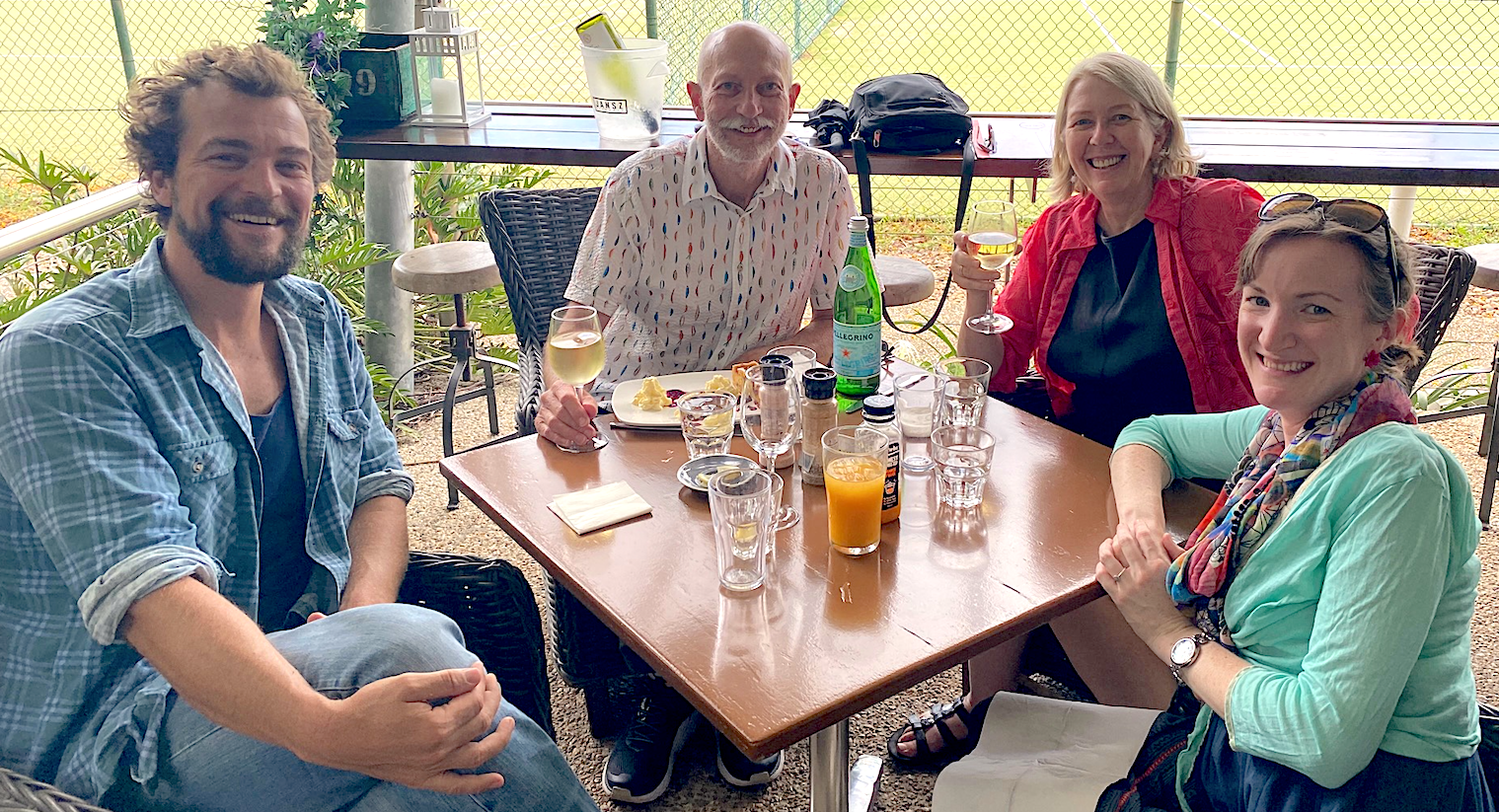How to build a brain—2.0
For 25 years I was sole chief investigator on 17 NHMRC-ARC project grants that provided funding to decipher the molecular & cellular bases of brain development and regeneration in fish, frogs and mice. This work culminated in the discovery of how to genetically construct an evolutionary novel axon tract in the embryonic brain. This is what I now call an easy problem.
Now my lab has turned its attention to the hardest problem in the natural sciences—how does the brain experience subjective feelings?
Together with my collaborator Professor Deborah Brown (Professor of Philosophy at UQ) we have approached this problem through the sensation of pain and model organisms. We advance the framework of the brain as an inference machine that generates models of its own internal processes (Key and Brown, 2018). When hierarchically arranged, the outputs of these models represent progressive levels of awareness that are antecedent to feelings (i.e. the brain’s experience of its own neural activity). We have proposed a parallel forwards model algorithm and to date have found that fish and molluscs lack the required neural architecture to execute this algorithm and therefore do not feel pain.
Key, B. and Brown, D. (2018) Designing brains for pain: Human to mollusc. Frontiers in physiology 9:1027.
In our latest work we have challenged the standard view in the academic literature that feelings—such as pain—are the cause of behaviours. Instead, we have proposed the sense making sense hypothesis that claims feelings explain rather than cause behaviours.
Key, Brian and Brown, Deborah J (2024). Making sense of feelings. Neuroscience of Consciousness 2024 (1) . https://doi.org/10.1093/nc/niae034
Find out more about our diverse range of research interests.




